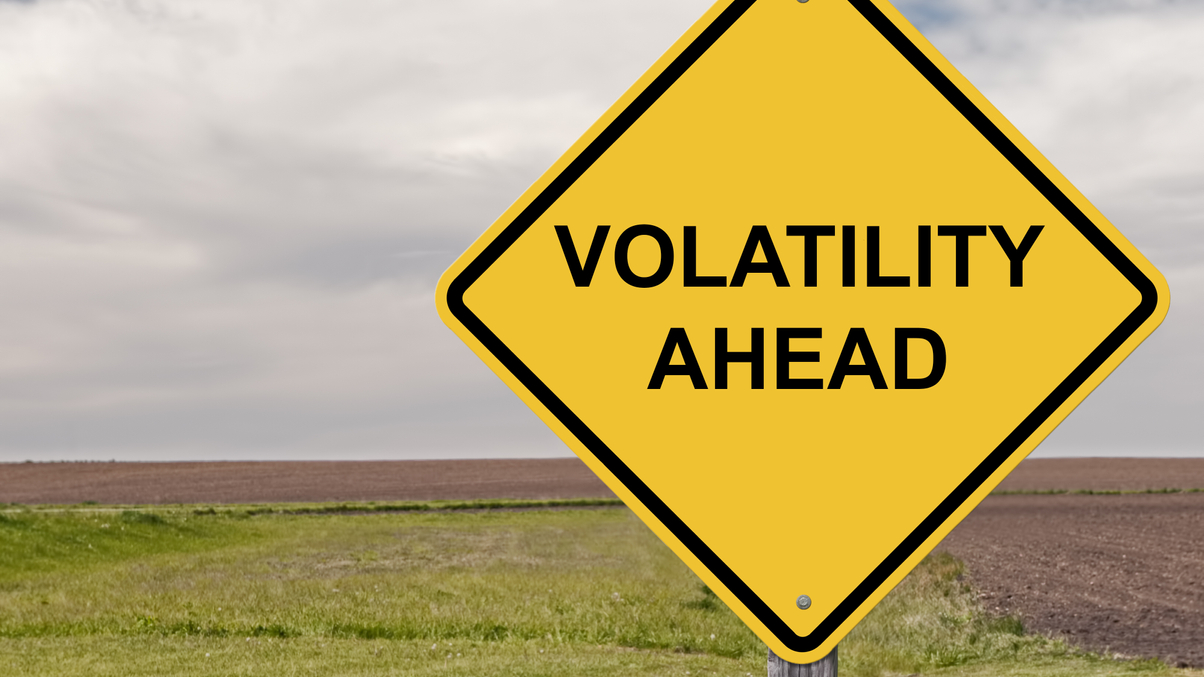partner content
Higher volatility creates opportunity for bonds in 2018
Cecilia Chan, fixed income CIO for HSBC Global Asset Management in Asia-Pacific, is preparing for a more volatile landscape in 2018, seeking to add alpha from the opportunity to manage portfolios more actively again.

After the low-volatility, low-interest rate, low-inflation environment that defined 2017, Cecilia Chan is pleased to have seen some corrective action already in the early part of 2018. Coupled with the expectation of a more volatile year, HSBC Global Asset Management's fixed income chief investment officer in Asia-Pacific has been formulating her game plan to generate portfolio performance.
Sign In to Your Account
Access Exclusive AsianInvestor Content!
Please sign in to your subscription to unlock full access to our premium AI resources.
Free Registration & 7-Day Trial
Register now to enjoy a 7-day free trial—no registration fees required. Click the link to get started.
Note: This free trial is a one-time offer.
¬ Haymarket Media Limited. All rights reserved.


